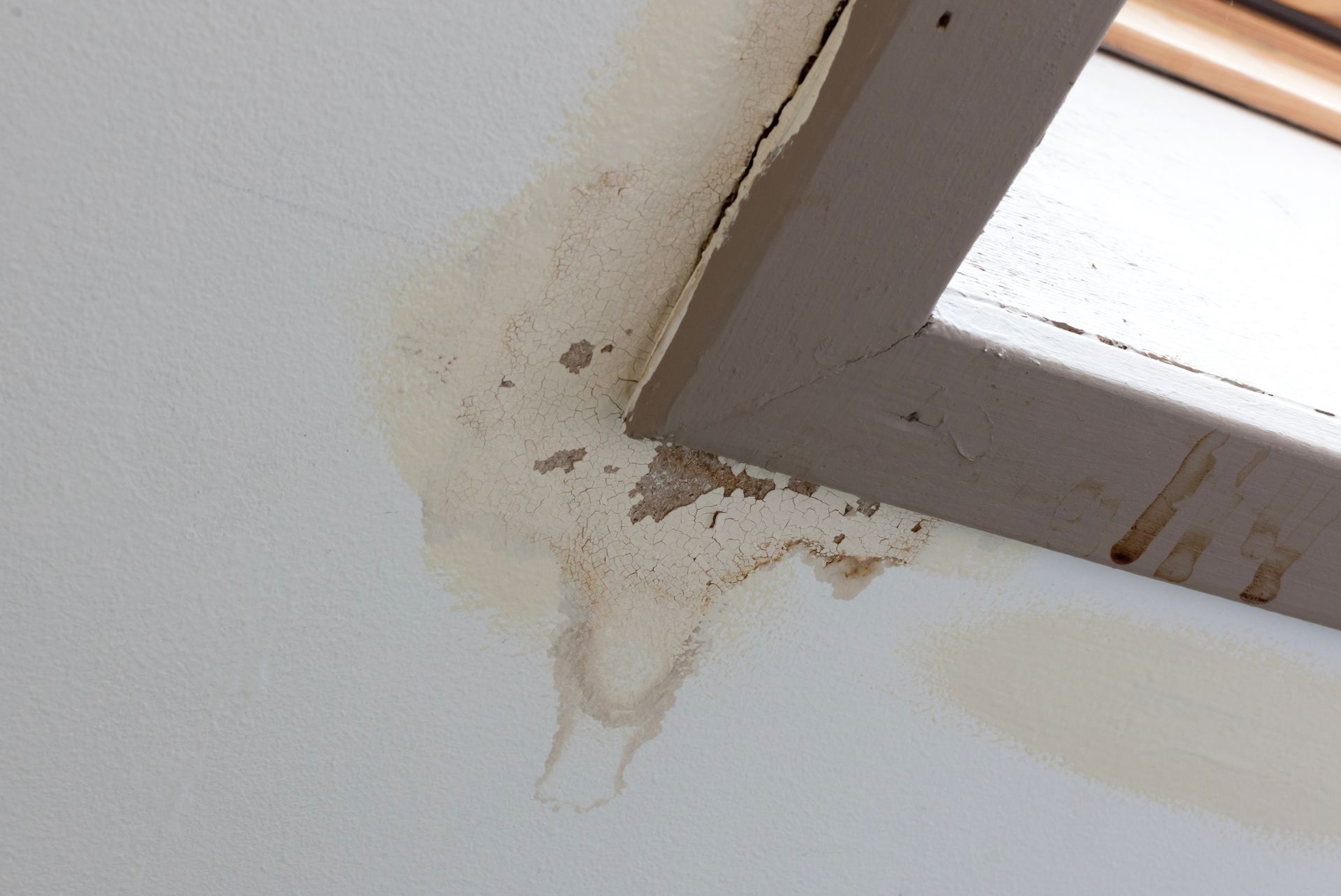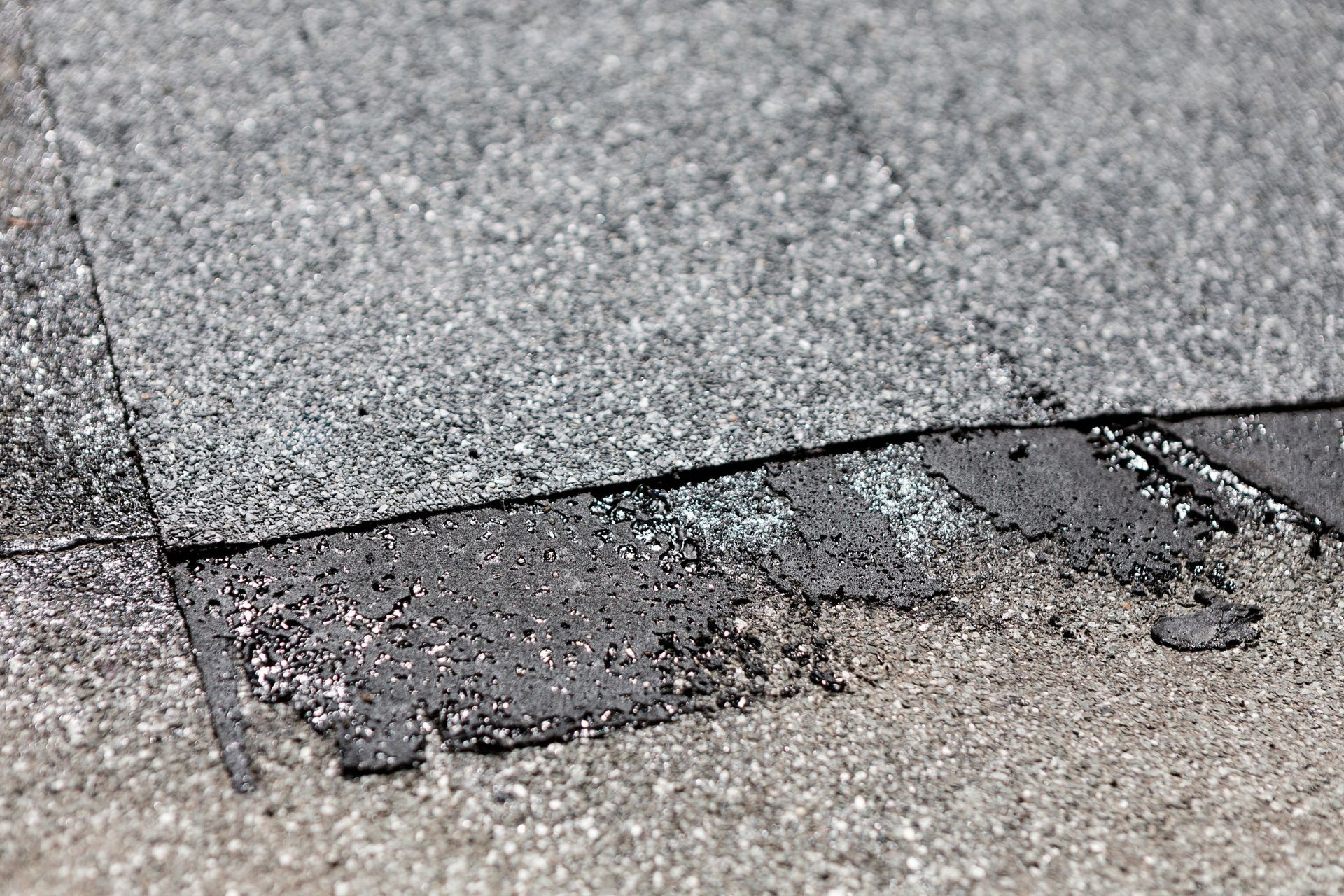How Your Roof Affects Your Home’s Carbon Footprint

When homeowners think about energy efficiency and sustainability, they often focus on insulation, windows or solar panels. But there’s another major element of your home that plays a critical role in your environmental impact: your roof.
Homeowners often look just at their home’s overall efficiency when judging their household's carbon footprint, but energy usage isn’t the only variable that counts. The materials used to build a roof, how it performs over time and how long it lasts play a role in your home’s carbon footprint. That footprint begins long before installation—during material extraction, manufacturing and transportation of roofing materials, and continues throughout its lifespan.
What Is a Roof's Carbon Footprint?
- Embodied carbon – The emissions generated during the extraction, production, and transportation of roofing materials.
- Operational carbon – The energy impact of the roof during its lifespan, including how well it insulates or reflects heat.
- End-of-life carbon – The emissions from disposing of or recycling old roofing materials when the roof reaches the end of its useful life.
Longer-lasting roofs reduce this impact by generating less waste over time. Replacing a roof once every 30 years creates half the waste of replacing it twice in that same period.
Metal Roofing: High Recyclability, Long Lifespan
Metal roofs made from aluminum, steel or copper are among the most environmentally friendly roofing choices available:
- Recyclability: Most metal roofs are made from 25 to 95% recycled content and are 100% recyclable at the end of their lifespan.
- Durability: Metal roofs can last 40 to 70 years when properly maintained, meaning fewer replacements over time, which reduces material waste and long-term emissions.
- Energy Efficiency: Reflective metal roofing reduces heat absorption, helping homes stay cooler in the summer and lowering energy usage for cooling.
- Manufacturing: Producing metal does involve mining and smelting, which has a high carbon cost upfront. However, because of the long lifespan and recyclability, the long-term impact is significantly lower than more disposable roofing materials.
If you’re looking for a long-lasting, modern option that supports a low-carbon lifestyle, metal is a strong contender.
Composition Roofing: Affordable, Reliable, and Evolving
Composition shingles, commonly known as asphalt shingles, are made from a fiberglass or organic mat base coated with asphalt and topped with protective mineral granules. They’re one of the most widely used roofing materials in the U.S. due to their affordability, ease of installation and decent lifespan.
- Sustainability:
While not made from recycled materials by default, some manufacturers now offer shingles with recycled content or reduced petroleum use.
- Weight:
Lighter than tile or slate, composition shingles are easy to transport and install, reducing labor costs and fuel-related emissions.
- Energy Impact:
Cool roof versions with solar-reflective granules are available and can be ENERGY STAR-rated, helping improve energy efficiency.
- Longevity: Most standard composition roofs last 20 to 30 years, with premium architectural shingles lasting up to 40 years.
While not the most eco-friendly option by default, composition roofing continues to evolve, with newer products offering greater durability, better thermal performance, and, in some cases, a lower environmental footprint.
Cedar Shake: Renewable but Resource-Intensive
Cedar shake roofing is beloved for its natural beauty and rustic charm, but how does it measure up environmentally?
- Renewability: Cedar is a renewable resource, particularly when harvested from sustainably managed forests (look for FSC-certified products).
- Biodegradability: At the end of its life, wood can naturally decompose, reducing landfill waste.
- Insulation: Cedar has natural insulating properties, helping with energy efficiency in both hot and cold seasons.
- Maintenance and Lifespan: Cedar requires more maintenance and typically lasts 20 to 30 years. It’s also vulnerable to moisture if not properly maintained, especially in Seattle’s rainy climate, which can lead to faster degradation and more frequent replacements.
While cedar has a lower carbon footprint during manufacturing compared to metal or composites, its shorter lifespan and upkeep requirements can increase its long-term environmental impact. However, for homeowners committed to natural materials, cedar from sustainable sources remains a respectable option.
Where Materials Come From Matters
Even the greenest roofing material can have a high carbon cost if it’s shipped across the world. That’s why sourcing local materials or those manufactured in the U.S. is another smart way to reduce your roof’s environmental impact.
At Chet’s Roofing & Construction Inc., we work with manufacturers and suppliers who prioritize sustainable practices, energy-efficient products and low-carbon operations. Whether it’s sourcing metal roofing made from recycled steel or recommending composite shingles from eco-conscious brands, we help you make informed choices that align with your sustainability goals.
Reducing Operational Carbon with Smart Roof Choices
Beyond material variables, how your roof performs plays a big role in your carbon footprint:
- Color and finish: Reflective finishes help reduce heat absorption and can be a significant factor in your home’s overall insulation value.
- Ventilation: Proper attic ventilation can help maximize the effectiveness of your indoor temperature control and enhance overall efficiency.
- Installation quality: A well-installed roof minimizes air leaks and insulation issues.
Ready to Make a Greener Roofing Choice for Your Seattle Home?
Your roof protects your home, but it also affects your energy use, your comfort and the environment. Whether you're replacing an old roof or building something new, Chet’s Roofing & Construction Inc. is here to help you make a roofing decision that reflects your values.
Contact us at Chet’s Roofing & Construction Inc. today for a free consultation or give us a call at (877) 611-1514 and find out how you can lower your roof’s carbon footprint without sacrificing quality or style.



